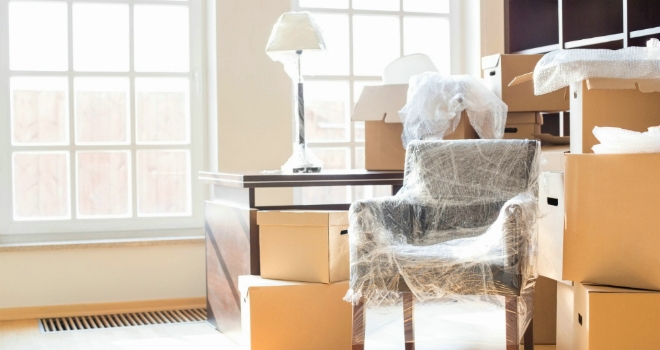
"With supply at historic low levels there could be a shortage of suitable homes coming on the market and the cost of moving house could be putting people off."
There were 171,300 homemovers in the first half of 2017 compared with 174,300 in H1 2016. The first half of 2016 saw 18,000 more homemovers (an increase of 11% compared to H1 2015), likely due to owners making home purchases before the introduction of the new stamp duty charges for second and additional homes.
The stagnating market has left first-time buyers driving housing activity. A decade ago, just under two-thirds (64%) of all house purchases financed by a mortgage were made by homemovers. In 2017, this proportion has dropped to almost half (51%).
However Lloyds has warned that a shrinking homemover market is having a "knock on affect" for first-time buyers who now have fewer properties to move into.
Homemover prices and deposits have also risen to record levels. Over the past five years, the average price paid by homemovers has grown by 41% (£84,869) from £206,122 in 2012, to £290,9913 in June 2017, equivalent to a monthly rise of £1,414.
In London, the average homemover price has grown by 56% since June 2012 to £561,032, the highest in the UK. The average homemover price in the capital is 41% or £163,579 higher than the South East (£397,452) which is the second most expensive. Northern Ireland has lowest average price of £165,404.
Andrew Mason, Lloyds Bank mortgage products director, said: “In the past year, the number of homemovers appears to have stabilised despite continuing low interest rates and rising employment. There are a number of factors which could be influencing this, more people are paying off their mortgages and not moving, with supply at historic low levels there could be a shortage of suitable homes coming on the market and the cost of moving house could be putting people off.
“This has meant that homemovers now account for just half of today’s housing market compared to a decade ago when it accounted for two-thirds of the market. This has a knock on affect for first-time buyers as there will be fewer properties available for them also.”
Richard Sexton, Director of e.surv, commented: “The results highlight the ongoing struggles that many are facing when looking for adequate and affordable housing. With increasing house prices, living costs and inflation, many homeowners, whether a young family looking for more space or older generations looking to downsize, are deciding to stay put.
“This starts a domino effect. If homebuyers feel unable to move up the ladder, this reduces the amount of housing stock available for first-time buyers. Put simply, it prevents market growth. Although the market will not grind to a halt, as low interest rates and the willingness of banks to lend keep demand up, these figures should serve as a warning. The Government must address our country’s lack of housing supply sooner rather than later, to allow more first-time buyers to step onto the property ladder. This will give a much needed confidence boost to the housing market, give current homeowners the assurance they need to move and ultimately, will keep the housing market fluid.”





